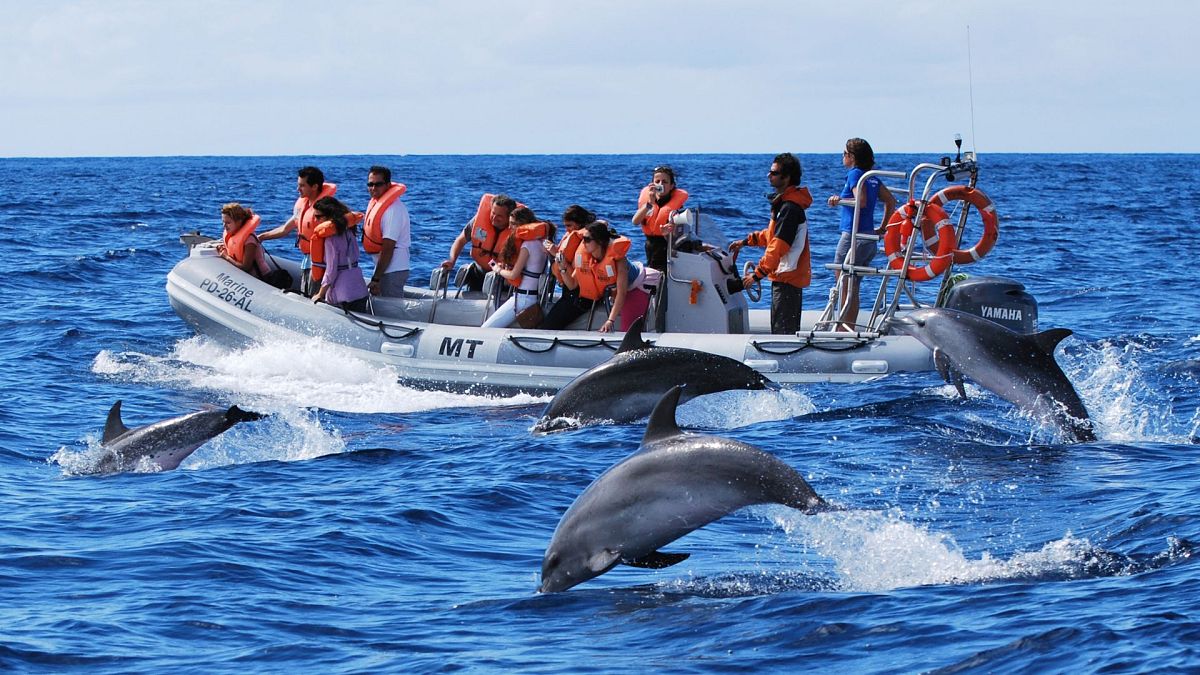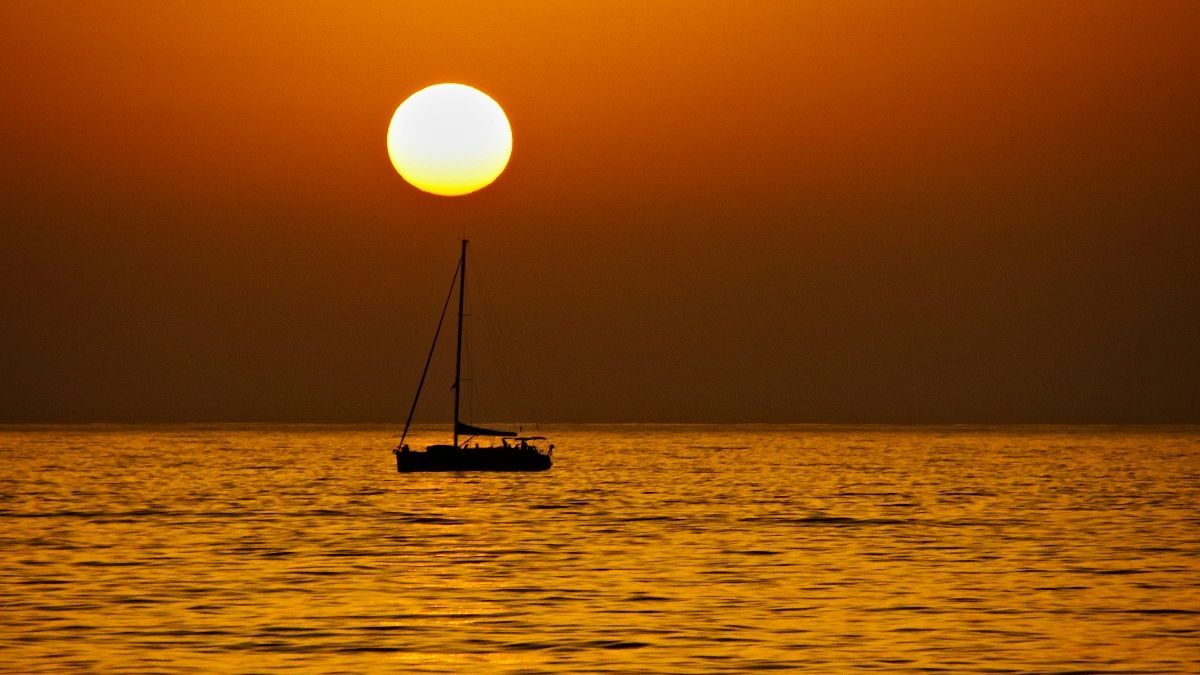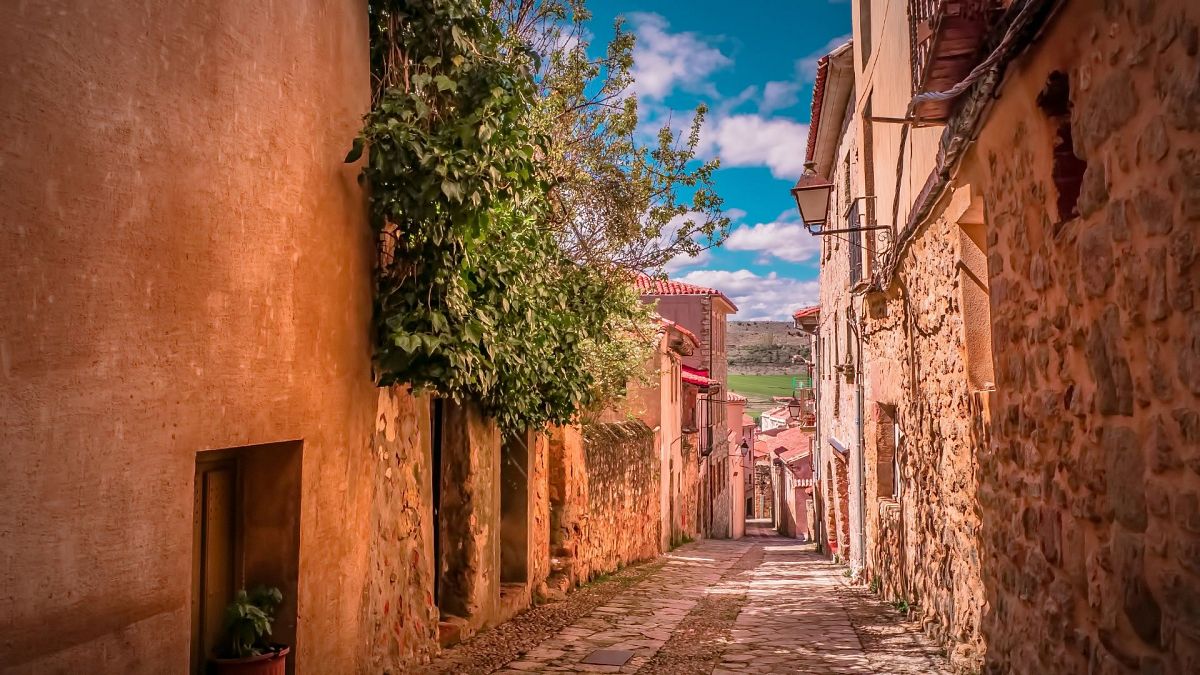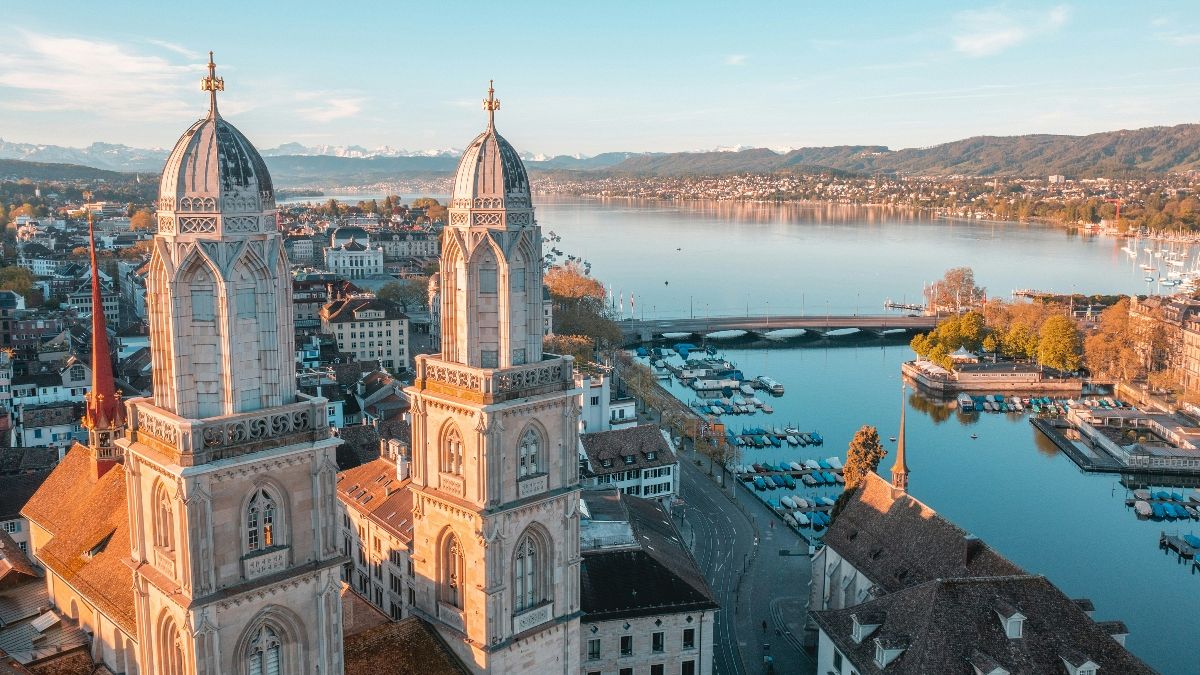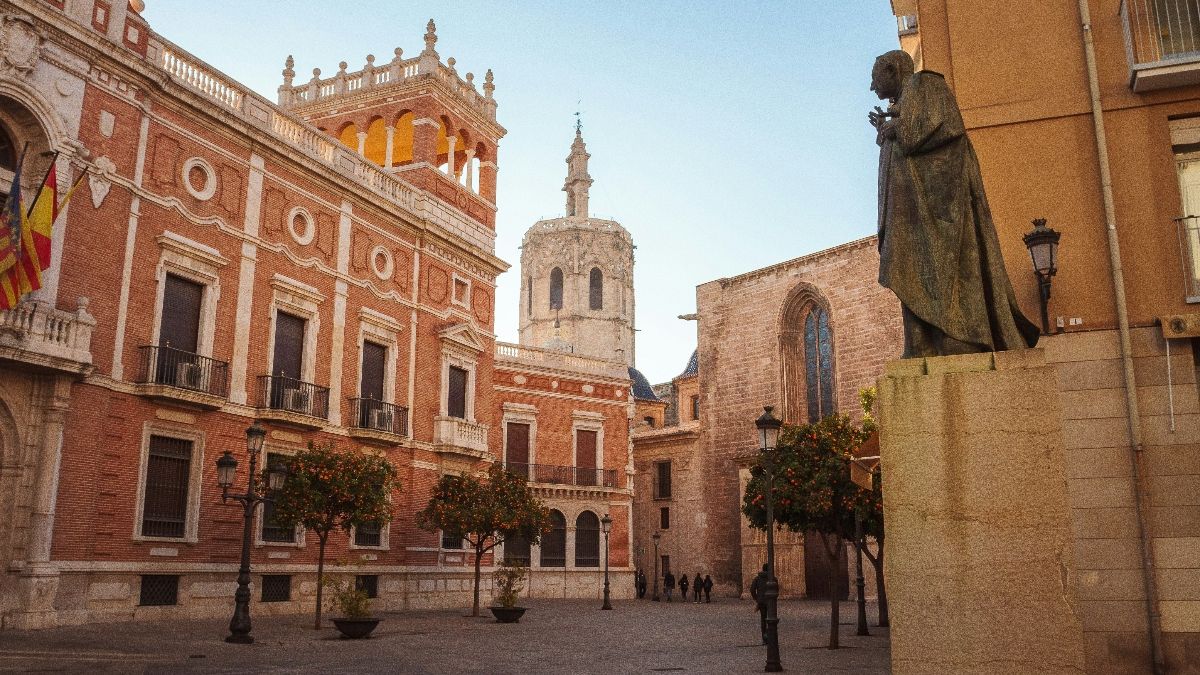How to escape the crowds on wild eastern Crete
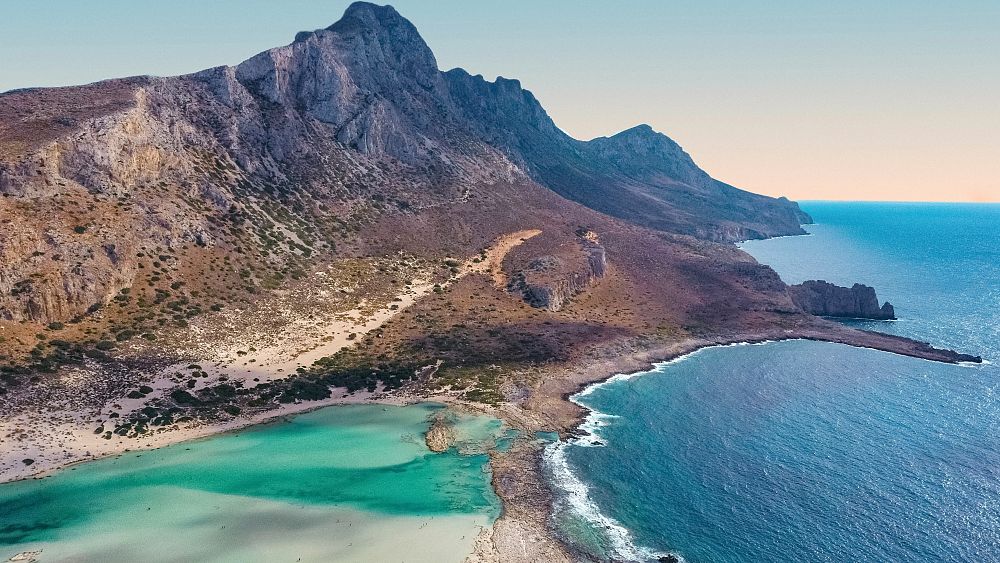
While tourists tend to favour the west of Crete, the eastern side offers farm-to-fork experiences, wild hikes and boat trips on traditional fishing caïques.
“Just a little bit of olive oil,” says Cretan chef Giannis Kallivretakis before proceeding to splash the golden liquid into a pan until it’s nearly a centimetre deep.
Local Cretan olive oil seems to feature in every traditional dish on the island, including cakes and desserts, and most Cretans have their own groves. These keep them busy during the colder months when tourists shun the island.
“Olive trees are the most precious possession we have,” adds Kallivretakis.
Kallivretakis leads cooking lessons at Blue Palace, a resort on the lesser-trod eastern side of Greece’s biggest island.
While tourists tend to favour the west of Crete, the eastern side offers farm-to-fork experiences, wild hikes and boat trips on traditional fishing caïques.
Here’s how to enjoy the island without the crowds.
Learn to make colourful salads and stuffed vine leaves in Crete
A Cretan cooking lesson is an insight into the remarkable self sufficiency of the islanders. It has long been essential here not least because a succession of conquests – Romans, Byzantines, Arabs, Venetians and Ottoman Turks – means Cretans have learnt to rely on the land.
For a quick snack, Kallivretakis begins with rock solid carob-flour bread. Carob trees and their long brown pods grow all over the island and the hotel sources flour from a nearby mill.
Kallivretakis tops the hunks of bread with crushed tomatoes grown on the inland Lassithi plateau, a caper and a generous slug of olive oil.
He is from a little village near the coast and owns 350 olive trees. “Olive oil is highly beneficial for our bodies,” he remarks, proffering his healthy nails for inspection.
In the Greek salad, Kallivretakis warns lettuce shouldn’t feature. Instead, he combines red onion, green pepper, tomato, olives and feta (all from the island) with the ubiquitous oil and unripe grape juice.
“These vegetables have an aroma like you’ve never smelt before,” he says, wafting the bowl around, and he’s right.
The pièce de résistance is the dolmades. Laying a vine leaf on his upturned palm, Kallivretakis demonstrates how to take a pinch of the uncooked rice, courgette and onion, place it in the centre and roll it up into a neat package.
After half an hour in the oven soaked in broth, they are delicious, herby mouthfuls with a pleasant lemony kick.
Visit Crete’s fortress island on a refurbished fishing boat
From the breezy bar terrace and most rooms of the Blue Palace, where Kallivretakis takes cooking classes, you have a cinematic view of Spinalonga.
The island attracts history buffs with its spectacularly preserved defensive walls constructed by the Venetians in the 16th century in response to the emerging threat of Turkish invasion.
After a period under the Ottomans, the island became a leper colony from 1903 to 1957. The now uninhabited island is under consideration as a World Heritage Site.
You can combine a visit to the island with a boat trip on a traditional caïque.
Local sailor Giorgos takes guests on his 25-year-old refurbished fishing vessel and knows all the best spots for a secluded dip in the cobalt Aegean. His company, Meraki, runs boat tours that leave regularly from the port town of Elounda.
Hike along wildflower paths and deep gorges in Crete
Turning inland, the eastern side of Crete is a prime location for hiking.
In the spring, paths wind through fragrant wildflowers and herbs like oregano and sage that enliven the island’s cuisine or flavour tea.
On the most easterly point of the island, chef Kallivretakis’s village of Zakros lies towards the end of the long-distance E4 hiking route that begins in Andalusia and travels through several European countries to finish in Cyprus.
You can start in pano (upper) Zakros, with a clutch of white houses and a few tavernas, and descend through wild thyme humming with bees into the Zakros gorge.
As you traverse the upper ridges, you can see the ancient remnants of marble pillars and ceremonial pools of the once-lavish Minoan Palace of Zakros far below. The walk finishes in the bay of kato (lower) Zakros with its quiet pebbled beach.
Alternatively, beginning in the village of Kavousi, visitors can hike up to the ancient Minoan settlement of Azoria, home to one of the oldest olive trees in the world. The 3000-year-old specimen provided the branches for the winners of the Olympic Games held in Athens in 2004.
From here, you descend down a twisting wooden staircase to the mouth of the deep Richtis Gorge located inside a UNESCO Global Geopark.
Trekking alongside the sun-dappled water, the only sounds are the gurgling river, the cry of birds overhead and the distant sound of a waterfall.
The rocky route through the gorge leads to the Falls of Richtis which pour down a lush moss canopy into a turquoise pool, perfect for an icy plunge.
Source: Euro News



